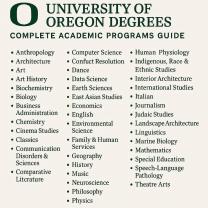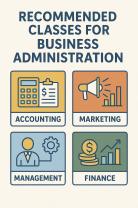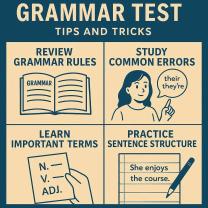What is Accelerated Reader (AR) program?
The Accelerated Reader (AR) program is an educational software and reading management program designed to promote and improve reading comprehension and literacy skills in students, primarily in elementary and middle schools. The program was developed by Renaissance Learning, a company that specializes in educational technology and tools.
The Accelerated Reader program operates with the following key components:
Book Database: The program includes an extensive database of books, including fiction and non-fiction titles, across various reading levels and genres. Each book is assigned a specific "ATOS" level (AR Book Level) and a corresponding point value based on its content and complexity. These levels help educators and students select appropriate reading materials.
Assessment Quizzes: After reading a book, students take online quizzes specifically designed for that book within the AR program. These quizzes typically consist of multiple-choice questions that assess students' understanding of the book's content, plot, characters, and themes.
ZPD (Zone of Proximal Development): The program determines a student's reading level and suggests books within their "Zone of Proximal Development." This zone represents the range of book levels that are most appropriate for the student's reading abilities and offers an appropriate level of challenge for their comprehension skills.
Point System: Students earn points for successfully completing quizzes. The number of points they earn depends on the book's ATOS level and the number of questions answered correctly in the quiz. These points can be accumulated over time, and some educators use them as a form of motivation and reward for reading achievements.
Data and Reporting: The program provides detailed data and reports to educators, allowing them to monitor students' reading progress, comprehension, and growth over time. This data helps teachers make informed decisions about each student's reading development.
Motivation and Goals: The AR program aims to motivate students to read more and improve their reading skills by setting individualized reading goals and providing immediate feedback and rewards.
Certification and Rewards: Some schools or classrooms implement certification and rewards systems based on the points students earn. These rewards can range from certificates to small prizes.
The AR program is designed to be flexible, allowing teachers to incorporate it into their curriculum as they see fit. Educators can choose to use it as a supplemental reading program, as a component of their reading curriculum, or for independent reading assignments.
While the AR program has been praised for its potential to encourage reading and comprehension improvement, it has also faced criticism and debate. Some argue that it may not necessarily foster a love for reading since it focuses on quantifiable measures like points and tests. Critics also contend that students might choose books solely based on point values rather than personal interest.
Overall, the effectiveness of the Accelerated Reader program can vary based on how it's implemented and the specific needs and preferences of students and educators.
What is the Accelerated Reader (AR) program, and how does it work?
Accelerated Reader (AR) is a computer-based program that helps teachers manage and monitor students' independent reading practice. Students choose books at their own reading level and read them at their own pace. When they finish a book, they take a short quiz on the computer to check their comprehension.
The AR program provides students with immediate feedback on their reading comprehension. This feedback can help students identify areas where they need to improve and track their progress over time.
How do students and schools benefit from participating in the AR program?
Students who participate in the AR program benefit in a number of ways, including:
- They are more likely to read independently and at their own level.
- They are more likely to develop strong reading comprehension skills.
- They are more likely to be motivated to read.
Schools that participate in the AR program benefit in a number of ways, including:
- They can track students' reading progress and identify students who need additional support.
- They can use the AR program to differentiate instruction and provide students with challenging and appropriate reading materials.
- They can use the AR program to motivate students to read.
What is the process of selecting and assigning AR books to students?
Teachers can use a variety of methods to select and assign AR books to students. One common method is to use the AR BookFinder database. This database allows teachers to search for books by reading level, interest level, and other criteria.
Once teachers have selected a book for a student, they can assign it to the student using the AR software. The software will track the student's progress on the book and provide the student with feedback on their comprehension.
Are there alternatives to the AR program for encouraging reading in schools?
There are a number of alternatives to the AR program for encouraging reading in schools. Some of these alternatives include:
- Independent reading time: Teachers can set aside time each day for students to read independently. During this time, students can choose their own books and read at their own pace.
- Read-alouds: Teachers can read aloud to students on a regular basis. This can help students to develop a love of reading and to develop their listening comprehension skills.
- Book clubs: Teachers can organize book clubs for students. Book clubs provide students with an opportunity to discuss books with their peers and to share their thoughts and ideas.
How is student progress and reading comprehension assessed within AR?
Student progress and reading comprehension within AR is assessed through the quizzes that students take after reading books. These quizzes are designed to measure students' understanding of the main ideas, supporting details, and vocabulary of the books they read.
In addition to the quizzes, teachers can also use other methods to assess student progress and reading comprehension, such as:
- Reading fluency assessments: These assessments measure students' ability to read text accurately and smoothly.
- Vocabulary assessments: These assessments measure students' knowledge of words.
- Comprehension assessments: These assessments measure students' understanding of what they read.
By using a variety of assessment methods, teachers can get a comprehensive picture of each student's reading progress and needs.












